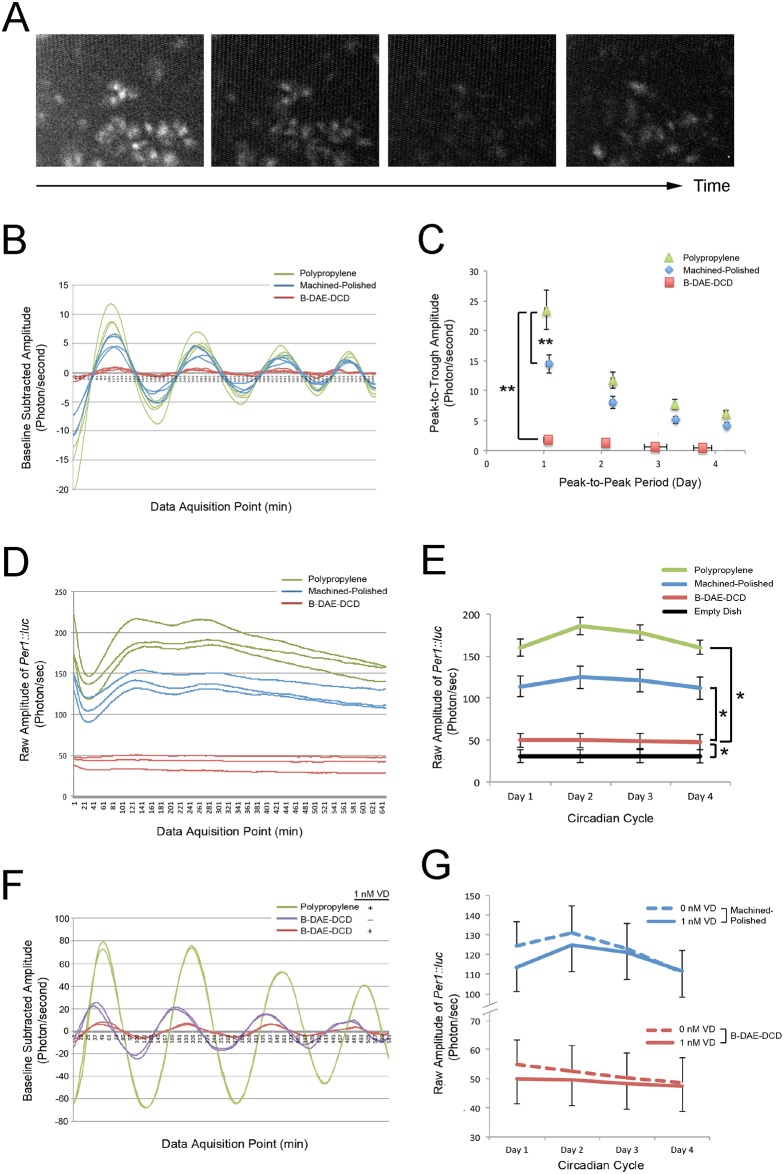Fig 2. Circadian expression of the Per1::luc reporter gene in BMSCs.
Femur-derived BMSCs were harvested from 3 male Per1::luc rats (5 months old). BMSCs from passages 3 to 5 were used for the experiments. A. Time-lapse microscopy depicted the periodic activation of Per1::luc reporter gene expression in the BMSCs. B. Per1::luc reporter gene expression was measured by luminometry. The experiment was performed with three dishes in each group. The baseline-subtracted luminometry data demonstrated the circadian activation of Per1::luc expression when BMSCs were cultured on polypropylene dishes with 1 nM vitamin D supplementation; this was reduced on the Ti discs. Strikingly, the circadian rhythm of Per1::luc expression was nearly completely lost on the B-DAE-DCD discs. C. The loss of Per1::luc circadian expression on the B-DAE-DCD discs was depicted by the decreased peak-to-trough amplitude and peak-to-peak period. **: p<0.01 by Wilks Lambda for the amplitude and period. D. The raw amplitude measurements depicted the stable expression of the Per1::luc reporter gene after the initial forskolin shock when the BMSCs were cultured on the polypropylene dishes or machined-polished Ti discs. In contrast, Per1::luc reporter gene expression remained low when the BMSCs were cultured on the B-DAE-DCD discs. E. The average raw amplitude of the Per1::luc reporter gene was significantly lower in the B-DAE-DCD group than the polypropylene and machine-polished groups; however, it was above the background level of the no cell negative control. **: p<0.01 by ANOVA. F. When BMSCs were cultured on B-DAE-DCD Ti discs without vitamin D supplementation, the lost Per1::luc circadian expression was partially recovered. G. The raw amplitudes from the luminometry data indicated that vitamin D supplementation did not affect Per1 expression levels in BMSCs cultured on the machined-polished Ti discs or B-DAE-DCD discs.

